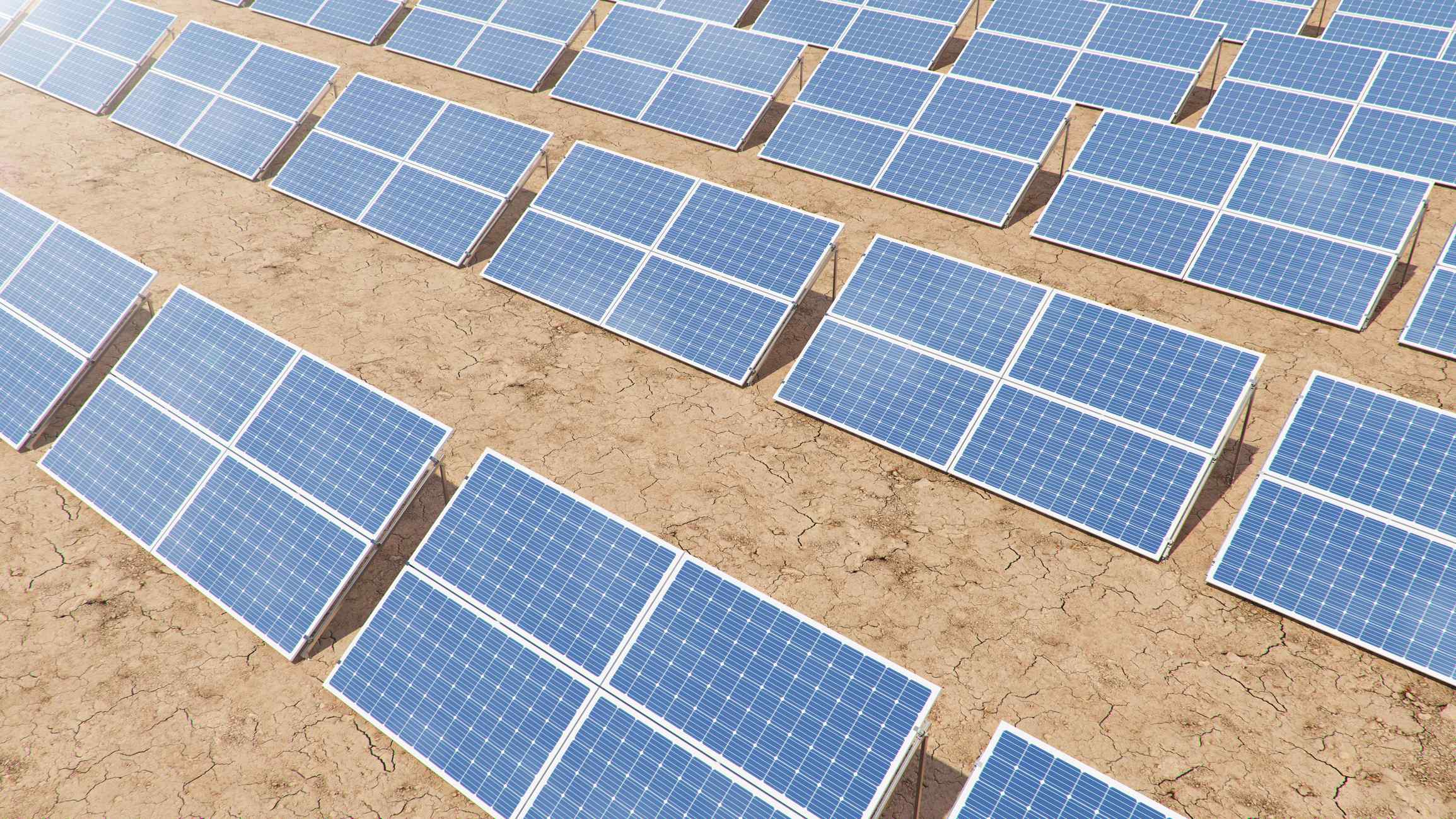POSTED
October 20, 2023
Investing in a Solar Farm vs. Solar Stocks: What’s The Difference?
If you’re an accredited investor, you likely have asked, “What is the best way to invest in solar?” The two most common ways to invest in solar are solar farms and solar stocks. How do you know which is right for you? This blog explains how you can make money by investing in solar farms […]

If you’re an accredited investor, you likely have asked, “What is the best way to invest in solar?” The two most common ways to invest in solar are solar farms and solar stocks. How do you know which is right for you?
This blog explains how you can make money by investing in solar farms or stocks.
Why invest in solar stocks?
What are solar stocks?
Solar stocks usually fund solar panels and technology manufacturing or solar energy projects. You invest in stocks by purchasing shares from solar companies, allowing the public to trade stocks.
What are the benefits of investing in solar stocks?
The two main benefits of stocks are their flexibility and liquidity. You can invest a small or large amount, you don’t have to be accredited, and you can add capital or withdraw at any time. The ROI for solar stocks is normal for the market, averaging around 7%–10% per year.
What are the drawbacks of solar stocks?
If you invest in solar stocks, you will not be involved in the work. You will also experience lower profits since you are largely helping fund a major overhead and corporate salaries.
Stocks also take on minimal risk–which can be a benefit or a disadvantage, depending on who you are. It may feel safe to you because of the low risk, but it also brings a low reward.
Why invest in a solar farm?
What is a solar farm?
A solar farm is a piece of land that is purchased or leased. After solar panels are installed on the land, they begin generating and distributing profitable energy to users. The size and output of each farm varies widely.

What are the benefits of investing in a solar farm?
Investing in a solar farm will allow you to be directly involved in its development and investment. You will also likely receive a higher ROI; for a utility-scale farm, it can be 5–7% return, which usually means hundreds of millions of dollars.
Check out How Profitable Is a Solar Farm to learn more details about solar farm profitability.
What are the drawbacks of investing in a solar farm?
Solar farm funding is risky. The investment can go either extremely well, or fail. Mistakes can cost a fortune. Funding alone can be a huge hurdle—it costs up to $50M–500M for development and $45k–450k per month for management and maintenance.
Because of this high risk, many investors invest in solar stocks. But what if there was a better option that was lower risk with higher potential returns?
How to invest in a solar farm without millions of dollars
If you want to invest in a solar farm but are nervous about the high cost and risk, meet Shasta Power’s Summit Power Fund. This fund makes it possible to invest directly into utility-scale solar projects and power the future without padding the pockets of greedy CEOs.
The Summit Power Fund is a compilation of multiple developing utility-scale solar projects. You simply pool your investment with other accredited investors for as little as $50k. The Summit Power Fund earns a target Internal Rate of Return of a staggering 30%—significantly higher than solar stocks or small community solar farms.
If you’re ready to start, check out our informational webinar or contact us directly about this incredible opportunity.





